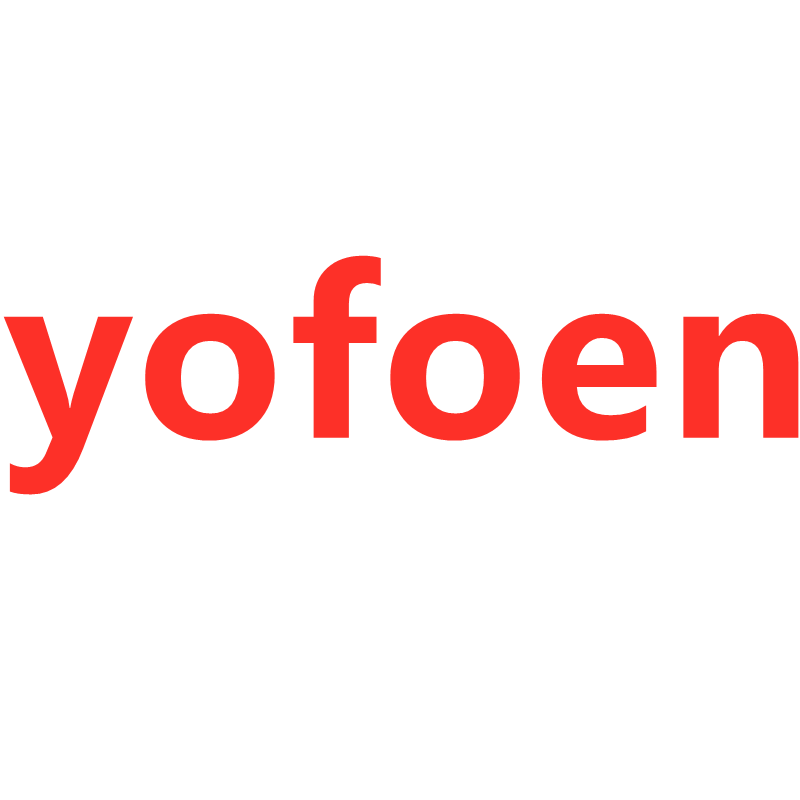Product Materials:
Deburring, Grinding, Polishing, Sandblasting, Oxidation, Electroplating, Black Oxide, Brushing, Screen Printing, Laser Engraving, Metallic Spray Painting, Powder Coating, Chromate Coating, Rubber Spray Painting, Screen Printing, Heat Treatment, Passivation, etc.
Details:
Metal surface treatment technologies are a series of specialized processes used to improve the surface characteristics of metals. They can enhance a product's corrosion resistance, wear resistance, and decorative appeal, or impart other specialized functions. The following are some common metal surface treatment methods:
- Mechanical Grinding: The process of grinding metal surfaces using mechanical means to achieve deburring, surface smoothing, or preparation for subsequent treatments.
- Chemical Treatment: The use of acids, alkalis, or other chemical substances to clean metal surfaces, remove oil stains, oxide scales, etc., or to perform chemical conversions such as phosphating or oxidation.
- Surface Heat Treatment: Includes surface quenching and laser surface strengthening, which alter the microstructure of the metal surface through heating and cooling to enhance its hardness and wear resistance.
- Chemical Heat Treatment: Such as carburizing and nitriding, which involve diffusing certain elements into the surface layer of the metal to change its chemical composition and properties.
- Spray Coating: Applying a layer of paint or other material to the metal surface to provide a protective coating or achieve a specific appearance.
- Electrochemical Treatment: Such as electroplating and anodizing, which use electric current to form a uniform and dense coating on the metal surface, improving corrosion resistance and decorative appeal.
- High-Energy Beam Treatment: Such as laser surface strengthening, which uses high-energy laser beams to rapidly heat and cool the metal surface, achieving localized hardening or modification.
- Surface Deformation Strengthening: By applying pressure or impact to the metal surface, plastic deformation is induced to enhance hardness and strength.
- Polishing: Using mechanical or chemical methods to make the metal surface smooth and glossy, often used for applications requiring high decorative or reflective properties.
- Etching: Using acidic or alkaline solutions to locally corrode the metal surface to obtain specific patterns or textures.
In summary, these technologies each have their own characteristics and applicable scenarios. Engineers and designers need to select the appropriate surface treatment method based on the specific requirements of the product. Through these methods, the performance and appearance of metal components can be significantly improved, their service life extended, and specific functional requirements met.
